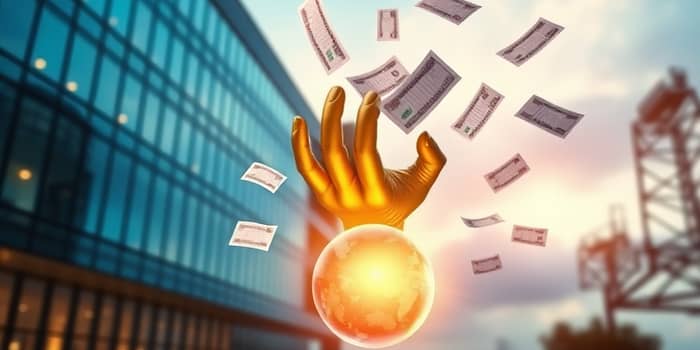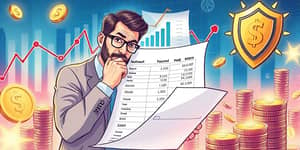
Share buybacks have become a cornerstone of corporate capital allocation strategies. By repurchasing their own shares, companies can influence earnings metrics, signal confidence, and deploy excess cash in a way that may enhance shareholder value. Understanding the mechanics and implications of buybacks is vital for investors, executives, and market observers seeking to gauge a company’s true worth.
At its core, a share buyback involves a company reducing the number of shares outstanding by reacquiring its own stock from the open market or through negotiated transactions. Funds for these repurchases typically come from distributable reserves or fresh capital, and the shares are then either canceled or held as treasury stock, losing dividend and voting rights.
Across global markets, most programs—over 95%—utilize open market repurchases executed daily. Other methods include private negotiations, tender offers (fixed-price or Dutch auction), repurchase “put” rights, and accelerated share repurchases that complete within days. Each approach carries unique cost, timing, and signaling considerations, allowing management to tailor buybacks to corporate objectives.
Management teams cite several compelling motivations for initiating buybacks. Some are strategic, while others respond to market or regulatory environments. Key drivers include:
In jurisdictions with favorable capital gains tax rates, buybacks often offer a tax-efficient alternative to dividends, deferring shareholder taxes until sale rather than declaration.
Buybacks can yield immediate and lasting effects. When shares are retired, earnings per share (EPS) naturally rise, as profits are divided among fewer shares. This temporary EPS boost may attract investors, driving short-term price gains around announcements. Studies reveal that small buybacks trigger average price increases of 2–3% on announcement day, while larger programs (exceeding 15% of shares) can see spikes of up to 16%.
Consider a company with 10 million shares, $50 million in assets, and $2 million in net income. If it repurchases 1 million shares at $15 each:
• Assets drop from $50M to $35M; cash falls from $20M to $5M.
• Shares outstanding fall to 9M, boosting EPS from $0.20 to $0.22.
• Return on assets (ROA) rises from 4% to 5.71%, while the P/E ratio contracts, potentially inviting fresh investment.
Beyond metrics, buybacks can increase each remaining shareholder’s proportional voting power, subtly shifting control dynamics within the register.
While dividends convey a commitment to recurring payouts, cutting them risks signaling weakness. Buybacks avoid this pitfall by remaining discretionary.
Despite their appeal, buybacks are not without controversy. Critics warn that companies may prioritize short-term financial engineering over growth, channeling funds away from research, capital expenditures, or strategic acquisitions. If shares are repurchased at inflated prices, management can destroy value instead of creating it.
Moreover, heavy reliance on buybacks can mislead investors by masking stagnant organic revenue growth under the guise of improved per-share metrics. The timing of repurchases matters: programs launched during bull markets risk overpaying, while those in downturns may unlock greater value.
In the United States, SEC Rule 10b-18 provides a safe harbor for buybacks that meet specified timing, volume, and pricing conditions, reducing the risk of market manipulation allegations. In the United Kingdom and many other jurisdictions, companies must comply with procedures set out in corporate law and articles of association, ensuring funds are distributable and shareholder approvals are secured.
Boards and audit committees often establish detailed repurchase policies, specifying maximum daily volumes and blackout periods around earnings releases to uphold market integrity.
To execute a buyback program that genuinely enhances value, companies should:
Share repurchases can be a potent mechanism for returning capital, boosting metrics, and signaling management’s belief in undervaluation. When executed prudently, buybacks offer flexible capital deployment without long-term obligations, distinguishing them from dividends.
However, investors must dig beneath headline EPS gains, evaluating whether repurchases are funded responsibly and timed strategically. A company that balances reinvestment in growth with disciplined buybacks demonstrates both foresight and confidence. Ultimately, the true measure of value lies in sustainable cash flows, robust innovation pipelines, and governance that aligns management actions with shareholder interests.
By approaching buybacks with careful analysis and strong governance, stakeholders can discern when a repurchase program genuinely reflects a company’s intrinsic strength, and when it simply masks underlying vulnerabilities.
References













